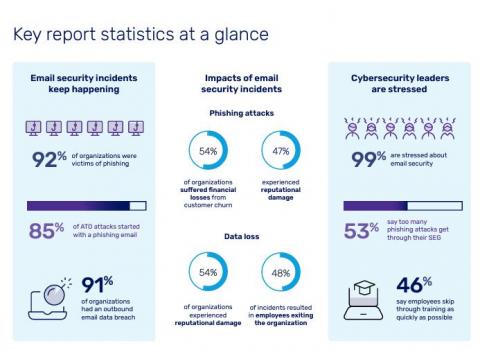"Magic Link" Phishing Attacks Scamming Users With Fake McAfee Renewals
Threat actors are using encoded phishing links to evade security filters, according to Jeremy Fuchs at Avanan. The phishing emails purport to be notifications from McAfee informing the user that they need to renew their subscription. “This is a fairly standard McAfee subscription scam,” Fuchs says. “We see these all the time and they’ve been floating around the Internet for some time. But that’s not what makes this attack unique.



